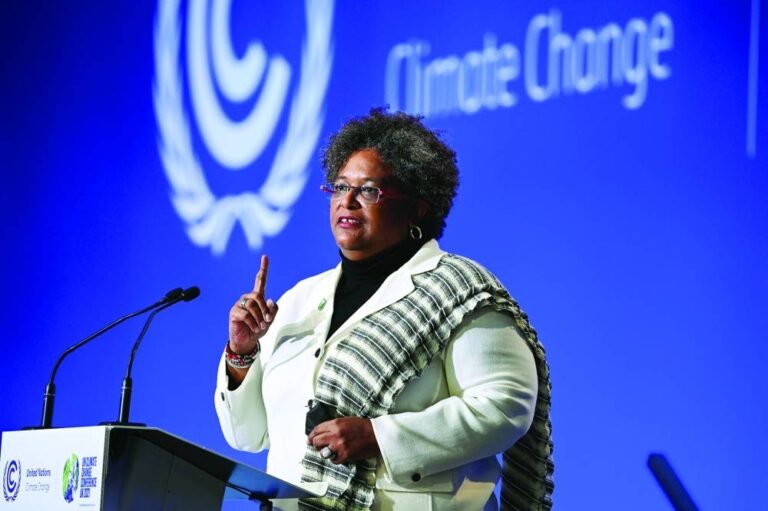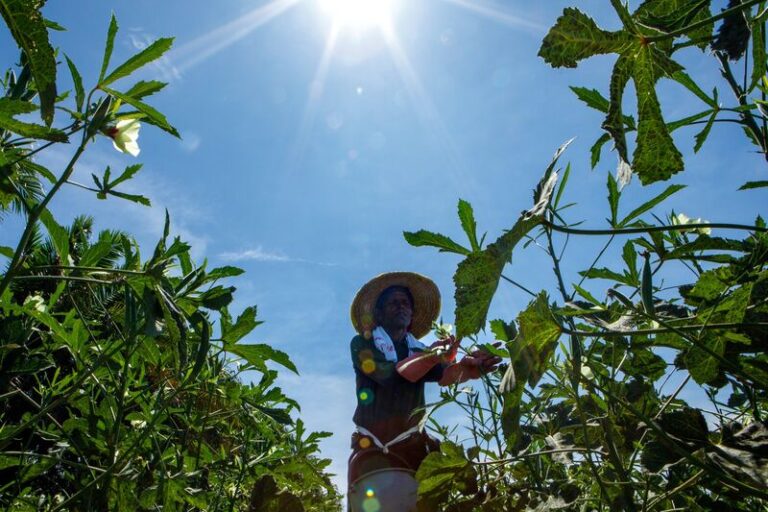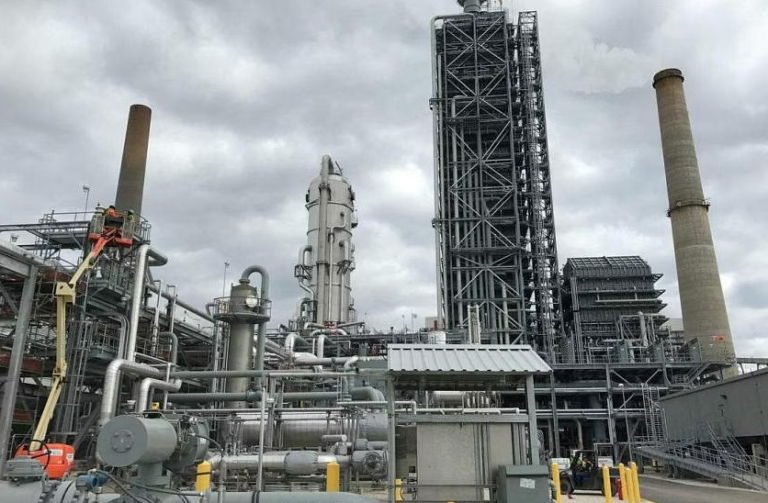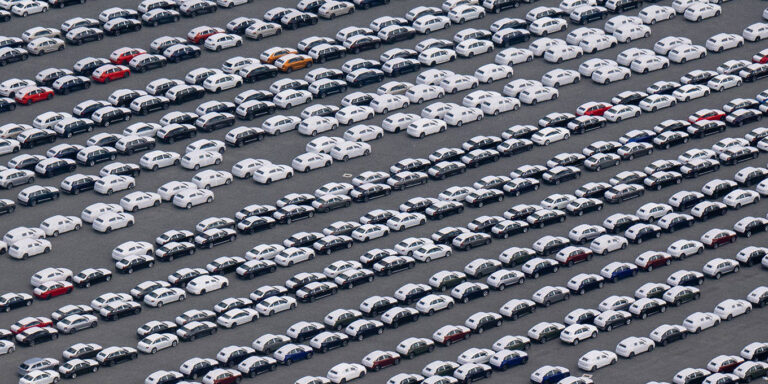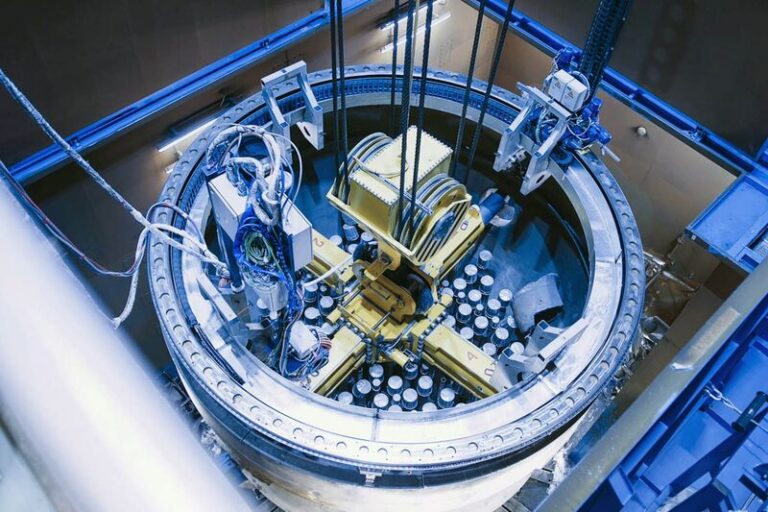Saudi Arabia’s Oil Cut Risks Leaving Bitter Taste for Budget

Saudi Arabia’s plan to slash oil production by around 10% may hit its finances hard.
Sunday’s decision, which will see the kingdom lower crude output to 9 million barrels a day next month and perhaps beyond, has failed to boost prices much. Oil futures have risen less than 1% since Energy Minister Prince Abdulaziz bin Salman announced the unilateral cut after an OPEC+ meeting.
The prince, speaking in Vienna, described it as a “lollipop” for other members of the producers’ cartel.
The kingdom’s fiscal outlook was worsening even before this weekend. The budget was in deficit for the past two quarters as oil dipped, while spending on salaries and massive tourism and infrastructure projects soared.
The International Monetary Fund estimates Riyadh will need an oil price of almost $81 a barrel to balance its books this year, which is above Brent’s current level of around $77.
The situation is starker when Crown Prince Mohammed bin Salman’s giga-projects such as the new city of Neom are taken into account. The IMF mostly excludes those because they’re largely funded by the sovereign wealth fund and other state entities, rather than directly from the government’s budget.
If those are included, Saudi Arabia’s breakeven oil price rises to $95 a barrel, according to Bloomberg Economics.
The Saudi government is more optimistic and expects to post an annual fiscal surplus of $4.3 billion for this year.
The kingdom was the fastest-growing economy in the Group of 20 last year, as Russia’s invasion of Ukraine roiled energy markets and pushed oil above $125 a barrel. It also pumped an average of 10.5 million barrels a day, an annual record.
Saudi Arabia’s Solo Oil Cut Is a Risky Strategy: Javier Blas
The latest production cut means the economy will probably grow 0.7% in 2023 instead of 1%, according to Monica Malik, chief economist at Abu Dhabi Commercial Bank PJSC.
It “will also increase Saudi Arabia’s budget breakeven oil price if all other things remain equal,” said Malik.
Many energy analysts, as well as the Organization of the Petroleum Exporting Countries, expect the oil market to tighten in the second half of the year as demand in China and India picks up further. That could bolster prices, outweighing the financial impact on Saudi Arabia of its lost production.
But plenty of traders are bearish, saying high interest rates and economic weakness in the US and Europe will weigh on oil prices for at least the rest of the year.
Riyadh’s move to lower output is “unlikely to underpin a sustainable price increase,” said Citigroup Inc. analysts including Ed Morse. “Demand is looking weaker and non-OPEC supply stronger by year-end than many analysts had forecast.”
If oil doesn’t jump, “we expect that additional production cuts will be more prolonged and the impact on the fiscal balance will be more negative” for Saudi Arabia, said Amy McAlister, lead economist for Europe, Middle East and Africa at Oxford Economics.
— With assistance by Paul Abelsky


